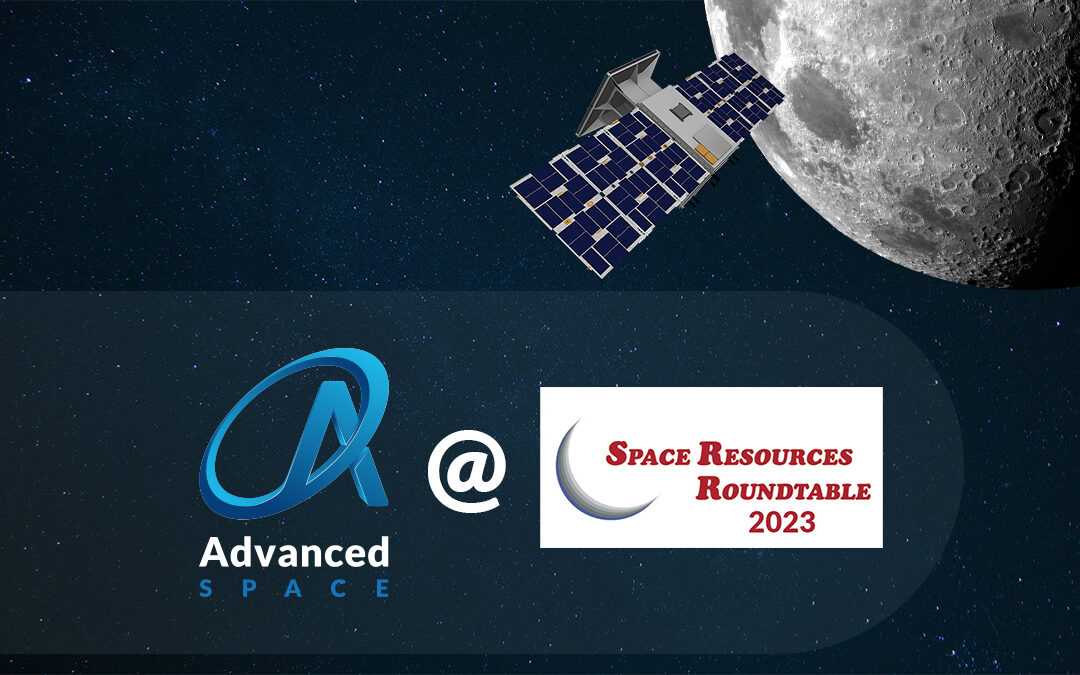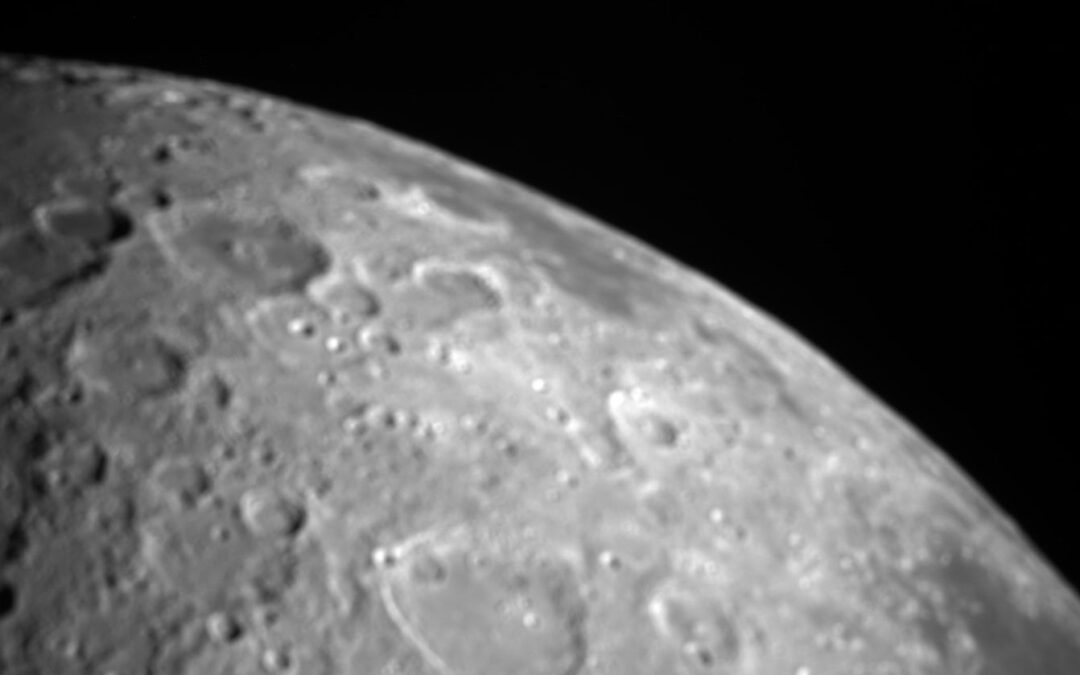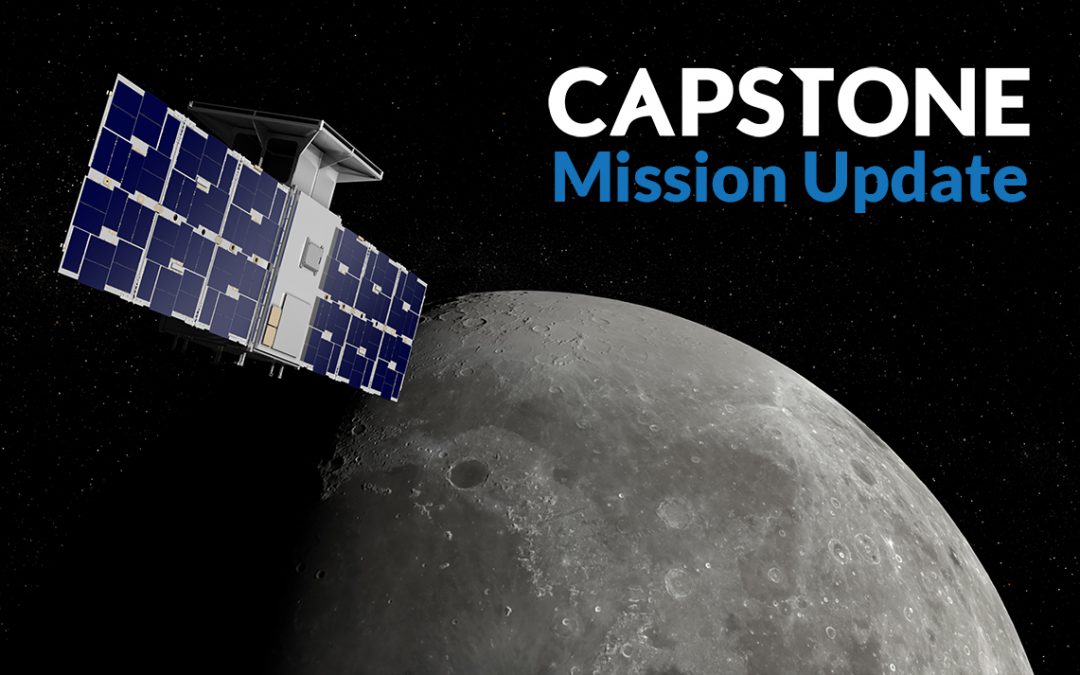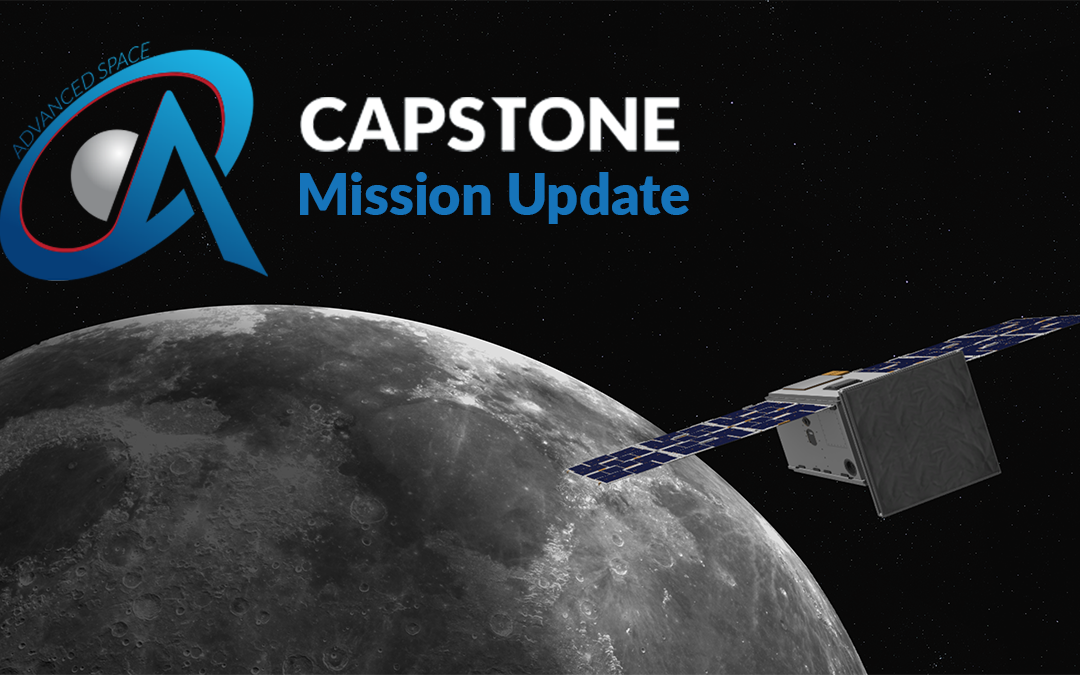
Jun 6, 2023 | CAPSTONE Mission, Community
On June 6, Thomas Gardner, Advanced Space’s Director of Engineering, gave a presentation on the recently extended CAPSTONE mission as part of the Colorado School of Mines’ Space Resources Roundtable (SRR). He also discussed some of the future technologies we are supporting for future lunar resource development. Gardner explained, “We support [the Roundtable] because it’s the future – commercial exploration and development of space resources at the Moon and within the solar system in support of the exploration, development and settlement of space. Advanced Space was built to be a part of that.” (more…)

May 18, 2023 | CAPSTONE Mission
Enhanced Mission to continue testing near-lunar communication and navigation technologies for months to come.
Advanced Space’s pioneering commercial satellite has completed its primary 6-month mission operating in the Near Rectilinear Halo Orbit (NRHO) that will be utilized by the Gateway lunar space station. CAPSTONE’s enhanced mission will continue to focus on demonstrating lunar operations and navigation technology. To mark the end of the Primary Mission, Advanced Space is providing an update on the mission’s accomplishments. While the completion of the Primary Mission is a significant milestone, the CAPSTONE mission is not complete. The mission team, led by Advanced Space, is now planning and preparing to execute the “Enhanced Mission” phase, which will extend the CAPSTONE spacecraft’s time in the NRHO up to 12 months. (more…)

Apr 18, 2023 | Community, External News
We are in a new era of lunar exploration, development and settlement.
Originally posted to Space.com on 16 April 2023.
On June 28, 2022, CAPSTONE launched into space on a dedicated rocket as the first mission of the Artemis program, ushering in a new generation of lunar exploration, development and settlement. With NASA’s leadership and global involvement, we are entering a period that will define the future of space exploration: the Artemis Generation.
As the architects of CAPSTONE, our team has learned first-hand the challenges of lunar missions. From communications and propulsion anomalies to suspected radiation upsets, traveling to the moon and operating there is not an easy task. During these challenges, however, the best of the industry united and we overcame — such alignment is the key to successful long-term lunar development. (more…)

Apr 17, 2023 | CAPSTONE Mission
The CAPSTONE Mission Team has been busy continuing to operate the mission in its planned Near Rectilinear Halo Orbit (NRHO). Thus far, since performing the NRHO insertion maneuver on November 13th, 2022, the spacecraft has spent 154 days operating in the NRHO completing 23 NRHO revolutions. During this time, the mission team has maintained knowledge of the spacecraft state well within the mission requirements using ground-based navigation tools and tracking measurements collected by the Deep Space Network including DSS-17 which is an affiliated site at Morehead State University in Kentucky. This navigation information has continued to support the design and execution of required maneuvers to maintain the orbit. Minimum maneuver size constraints have been sequentially reduced as the combined mission operations teams at Advanced Space, Terran Orbital, and Stellar Exploration continue to mitigate issues with a thruster valve. Since entering the NRHO the spacecraft has executed six Orbit Maintenance Maneuvers (OMM) using approximately 1.8 m/s of fuel. Although the mission plan was originally to do a maneuver every NRHO (approximately once a week), the higher burn threshold has reduced the number of maneuvers performed while also demonstrating the robustness of the stationkeeping strategy utilized by the mission which is the same strategy planned for the Lunar Gateway. (more…)

Feb 8, 2023 | CAPSTONE Mission
The CAPSTONE spacecraft continues to operate at the Moon and the vehicle is happy and healthy. The mission has accomplished 4 mission objectives and is making progress on additional objectives. Two mission objectives were completed during the transfer to the Moon and both directly informed Artemis 1 secondary payloads with regard to radio and ground station performance. (more…)




